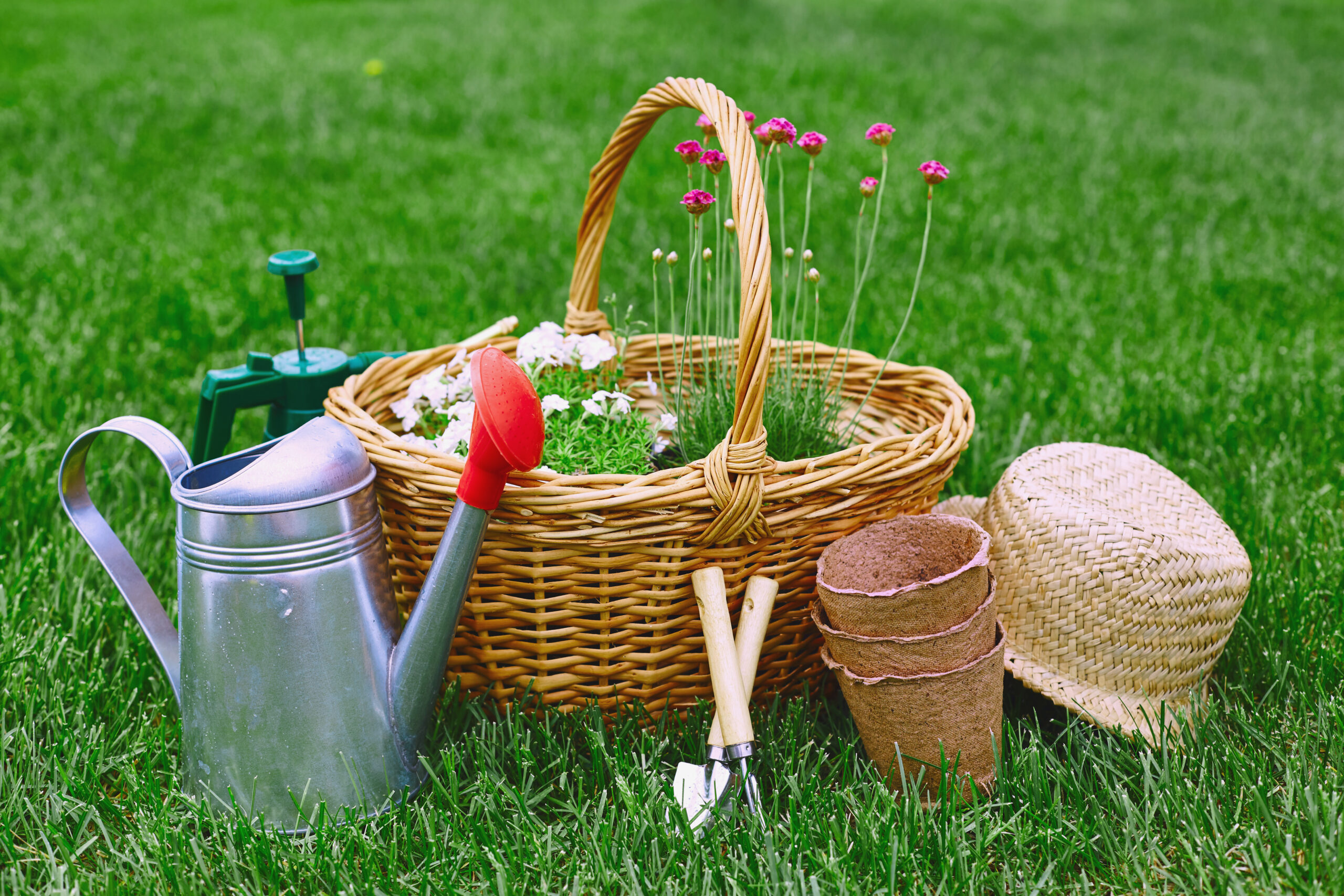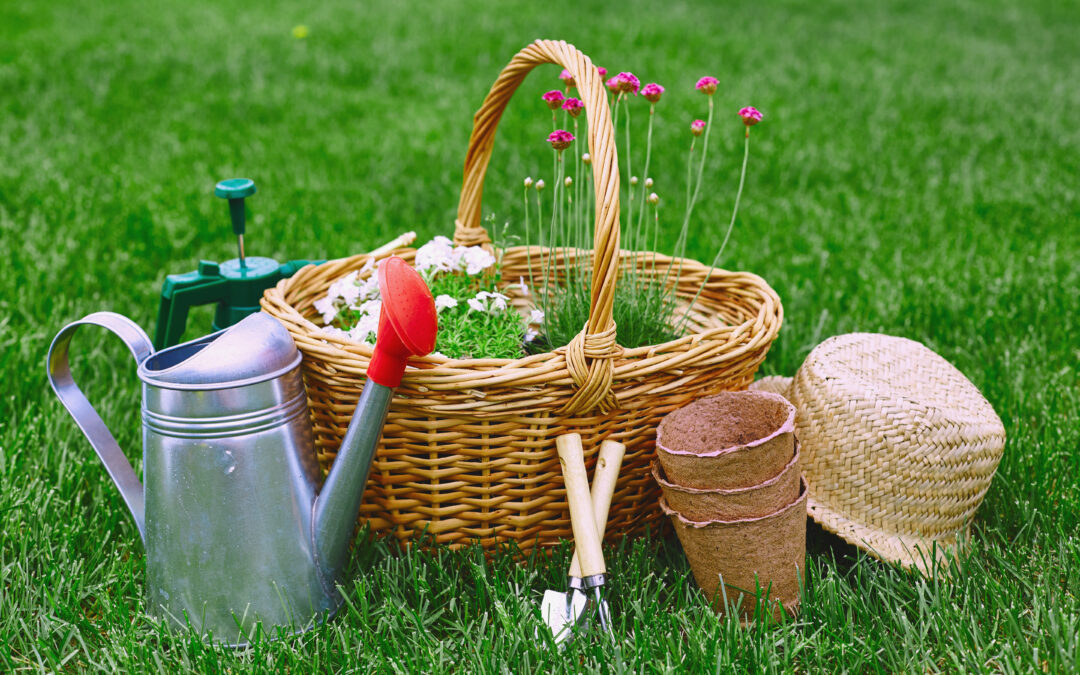Welcome to the world of home farming! Whether you’re a beginner or an experienced gardener, growing your own crops can be a rewarding and satisfying experience. In this guide, we will take you through the steps of planting, caring for, and harvesting your own crops, from seed to table.
Choosing the Right Crops and Seeds
The first step in home farming is choosing the right crops and seeds for your garden. Consider the climate and soil conditions in your area, as well as your personal preferences and culinary needs. Some popular crops for home farming include tomatoes, lettuce, spinach, radishes, green beans, and herbs like basil and mint.
Preparing the Soil and Planting the Seeds
Once you have chosen your crops and seeds, it’s time to prepare the soil and plant them. Start by removing any debris or weeds from the planting area, then loosen up the soil with a shovel or tiller. Add compost or other organic matter to enrich the soil and improve drainage.
Next, follow the instructions on the seed packets to determine how deep to plant each type of crop. Cover the seeds lightly with soil and water thoroughly. Be sure to keep the soil moist but not overwatered until the plants begin to emerge.
Caring for Your Plants Throughout the Growing Season
As your plants grow, they will need regular care and attention to thrive. This includes watering, fertilizing, pruning, and pest control. Depending on the type of crop, you may also need to stake or trellis tall-growing plants like tomatoes or peppers.
Harvesting Your Crops at the Right Time
When your crops are ready to harvest, you want to make sure to pick them at their peak ripeness to ensure maximum flavor and nutrition. For example, leafy greens like lettuce and spinach should be picked when they reach maturity, while root vegetables like potatoes and carrots should be left in the ground until they become fully developed.

Preserving and Storing Your Homegrown Produce
Finally, once you have harvested your crops, you may want to preserve some of them for later use. This can include freezing, canning, drying, or fermenting your produce. You can also store fresh fruits and veggies in the refrigerator or root cellar for extended periods of time.
In conclusion, home farming can be a fun and fulfilling hobby that provides fresh, healthy food for you and your family. By following these simple steps, you can successfully plant, care for, and harvest your own crops, from seed to table. Happy farming!





